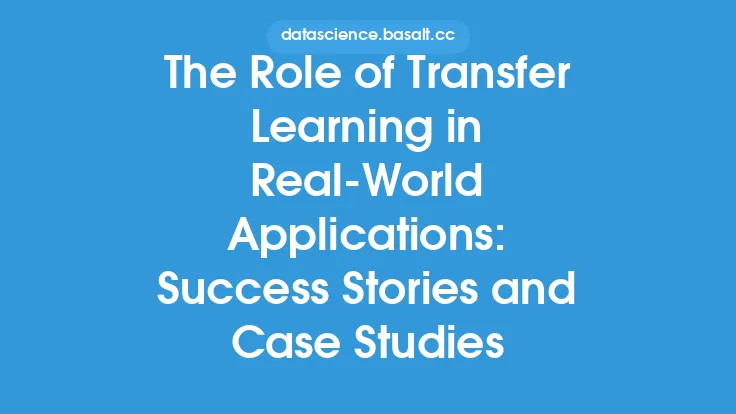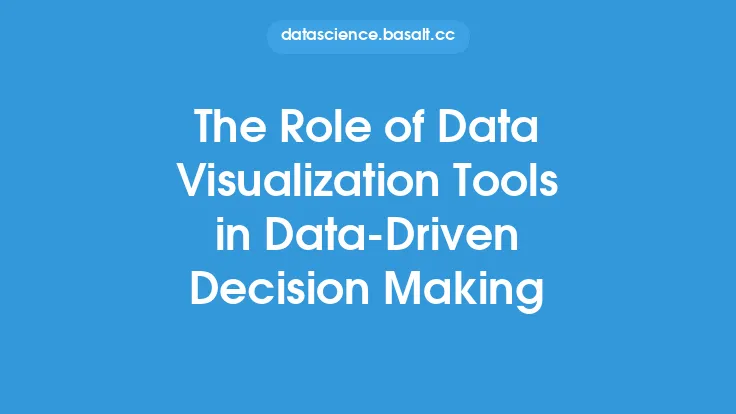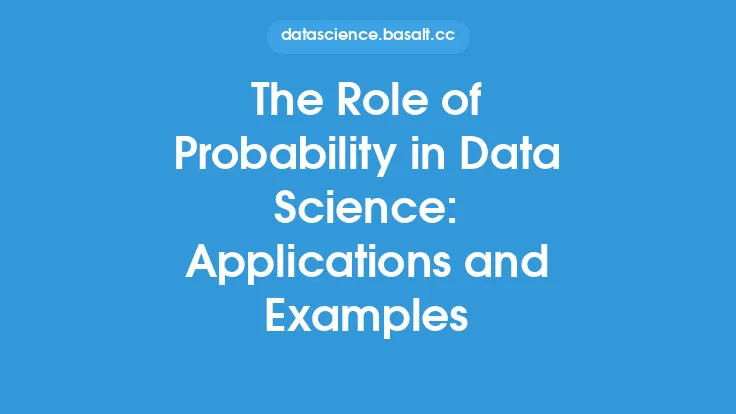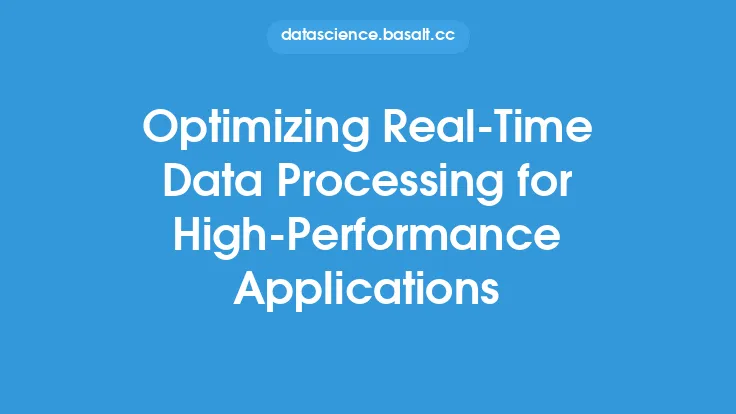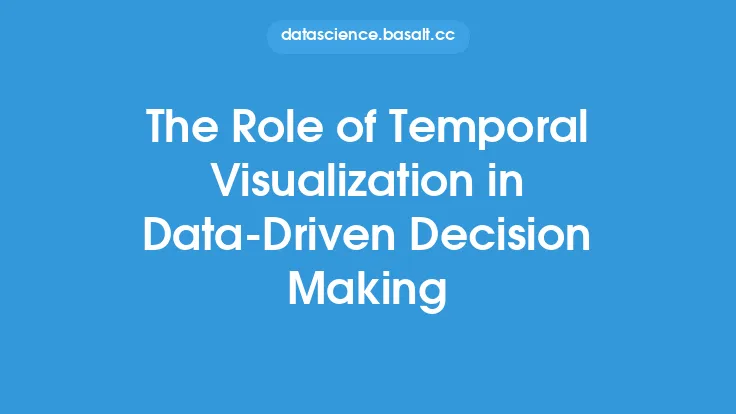The Internet of Things (IoT) has revolutionized the way we live and work, with an estimated 41 billion connected devices expected to be in use by 2025. At the heart of IoT applications is the ability to process and analyze vast amounts of data in real-time, enabling businesses and organizations to make informed decisions, improve operational efficiency, and enhance customer experiences. Real-time data processing plays a critical role in IoT applications, and in this article, we will delve into the details of how it works, its benefits, and the technologies that support it.
Introduction to Real-Time Data Processing in IoT
Real-time data processing in IoT involves the ability to collect, process, and analyze data from connected devices as it is generated, without any significant delay. This enables businesses to respond to changing conditions, make data-driven decisions, and improve overall efficiency. IoT devices generate vast amounts of data, including sensor readings, location data, and other types of information, which must be processed and analyzed in real-time to extract meaningful insights. Real-time data processing in IoT is critical for applications such as predictive maintenance, quality control, and smart cities, where timely decision-making is essential.
Benefits of Real-Time Data Processing in IoT
The benefits of real-time data processing in IoT are numerous. Some of the most significant advantages include:
- Improved operational efficiency: Real-time data processing enables businesses to respond quickly to changing conditions, reducing downtime and improving overall efficiency.
- Enhanced customer experiences: Real-time data processing enables businesses to provide personalized experiences, improve customer service, and respond to customer needs in a timely manner.
- Increased revenue: Real-time data processing enables businesses to identify new revenue streams, improve pricing strategies, and optimize resource allocation.
- Better decision-making: Real-time data processing provides businesses with accurate and timely insights, enabling them to make informed decisions and drive business growth.
Technologies Supporting Real-Time Data Processing in IoT
Several technologies support real-time data processing in IoT, including:
- Messaging queues: Messaging queues such as Apache Kafka, RabbitMQ, and Amazon SQS provide a scalable and fault-tolerant way to handle high-volume data streams.
- Stream processing engines: Stream processing engines such as Apache Storm, Apache Flink, and Apache Spark provide a scalable and efficient way to process high-volume data streams in real-time.
- NoSQL databases: NoSQL databases such as MongoDB, Cassandra, and Couchbase provide a scalable and flexible way to store and retrieve large amounts of data.
- Edge computing: Edge computing enables data processing to occur at the edge of the network, reducing latency and improving real-time processing capabilities.
Architecture of Real-Time Data Processing in IoT
The architecture of real-time data processing in IoT typically involves the following components:
- Data ingestion: Data ingestion involves collecting data from IoT devices and transmitting it to a central location for processing.
- Data processing: Data processing involves using stream processing engines or other technologies to process the data in real-time.
- Data storage: Data storage involves storing the processed data in a database or data warehouse for later analysis.
- Data analytics: Data analytics involves using data analytics tools to extract insights from the processed data.
- Visualization: Visualization involves using data visualization tools to present the insights in a meaningful and actionable way.
Challenges and Limitations of Real-Time Data Processing in IoT
While real-time data processing in IoT offers numerous benefits, there are also several challenges and limitations to consider. Some of the most significant challenges include:
- Scalability: Real-time data processing in IoT requires scalable technologies that can handle high-volume data streams.
- Latency: Real-time data processing in IoT requires low-latency technologies that can process data in real-time.
- Security: Real-time data processing in IoT requires secure technologies that can protect sensitive data.
- Integration: Real-time data processing in IoT requires integration with existing systems and technologies.
Best Practices for Implementing Real-Time Data Processing in IoT
To implement real-time data processing in IoT effectively, businesses should follow several best practices, including:
- Define clear goals and objectives: Businesses should define clear goals and objectives for their real-time data processing initiatives.
- Choose the right technologies: Businesses should choose technologies that are scalable, secure, and can handle high-volume data streams.
- Develop a robust architecture: Businesses should develop a robust architecture that can handle real-time data processing and analytics.
- Test and iterate: Businesses should test and iterate their real-time data processing initiatives to ensure they are meeting their goals and objectives.
Future of Real-Time Data Processing in IoT
The future of real-time data processing in IoT is exciting and rapidly evolving. Some of the most significant trends and developments include:
- Increased use of edge computing: Edge computing is expected to play a larger role in real-time data processing in IoT, reducing latency and improving real-time processing capabilities.
- Greater use of artificial intelligence and machine learning: Artificial intelligence and machine learning are expected to play a larger role in real-time data processing in IoT, enabling businesses to extract more insights from their data.
- Increased focus on security: Security is expected to become a greater focus in real-time data processing in IoT, as businesses look to protect sensitive data and prevent cyber attacks.
- Greater use of cloud-based technologies: Cloud-based technologies are expected to play a larger role in real-time data processing in IoT, providing businesses with scalable and on-demand access to computing resources.
